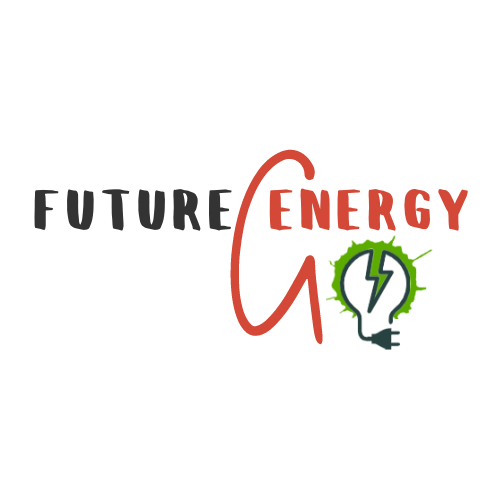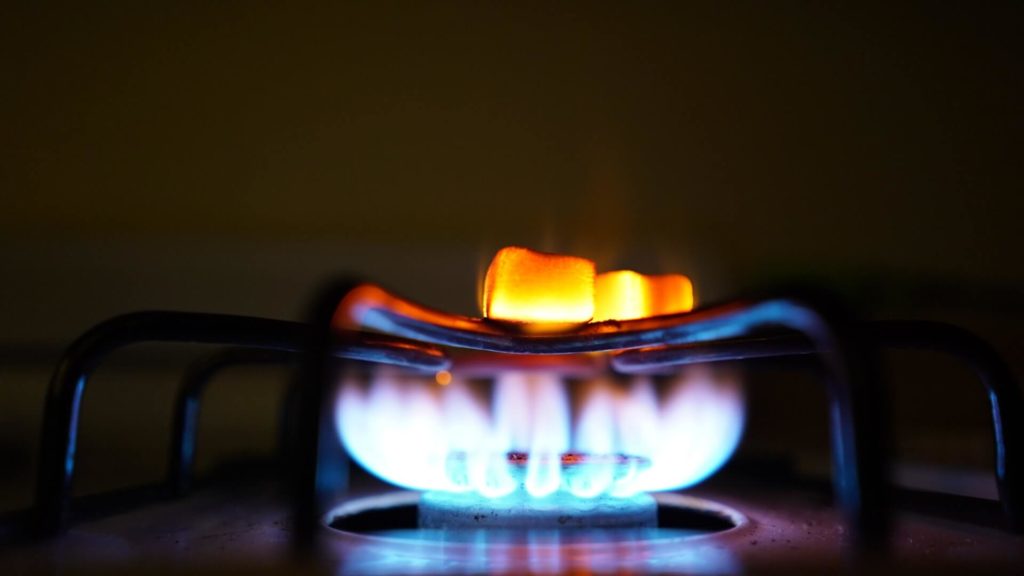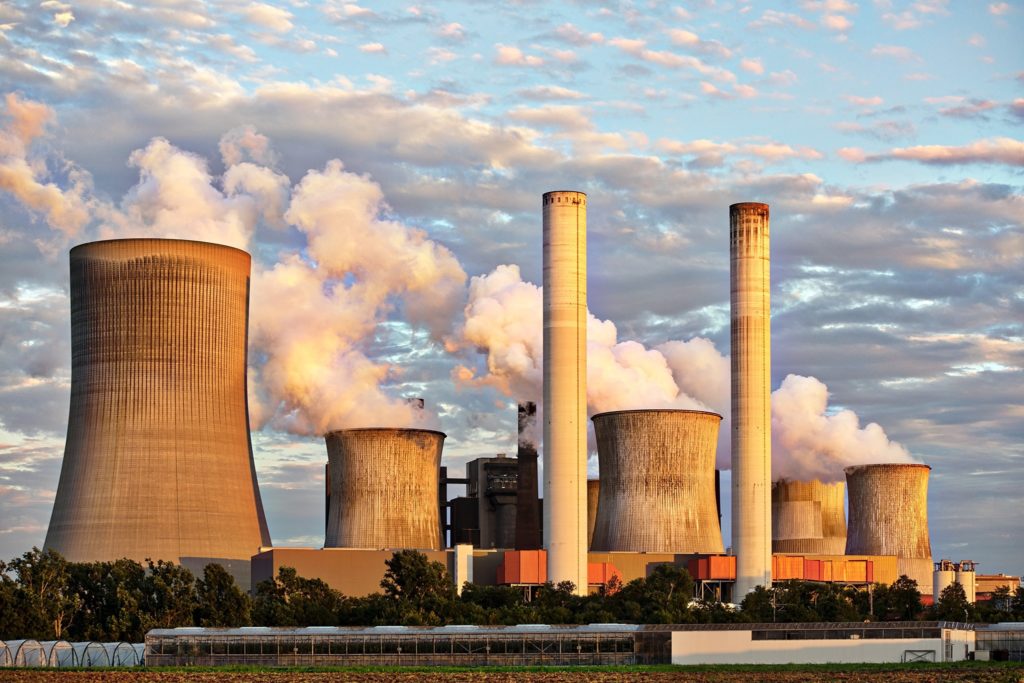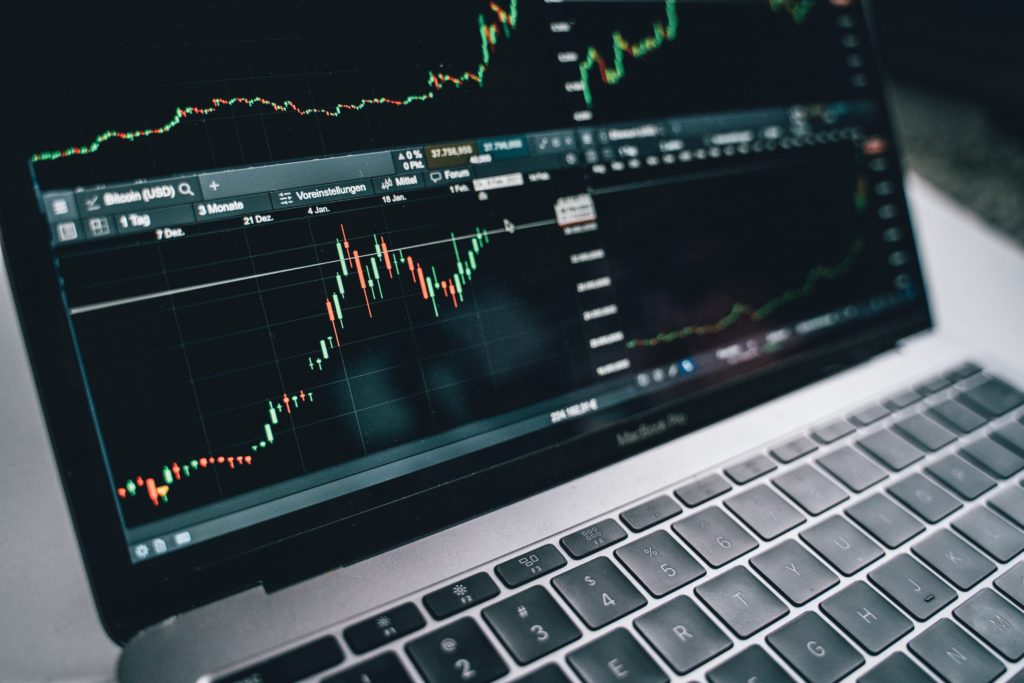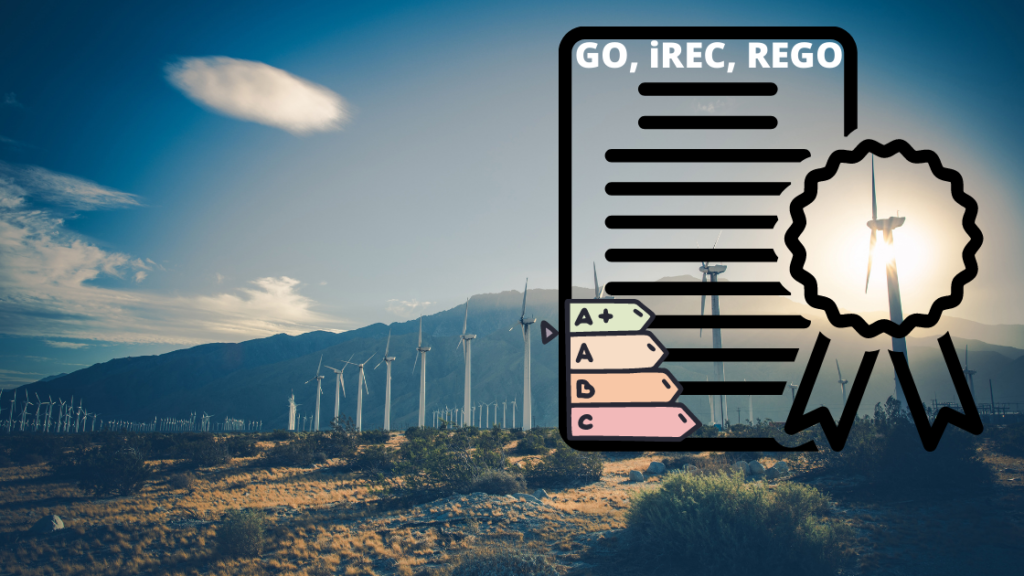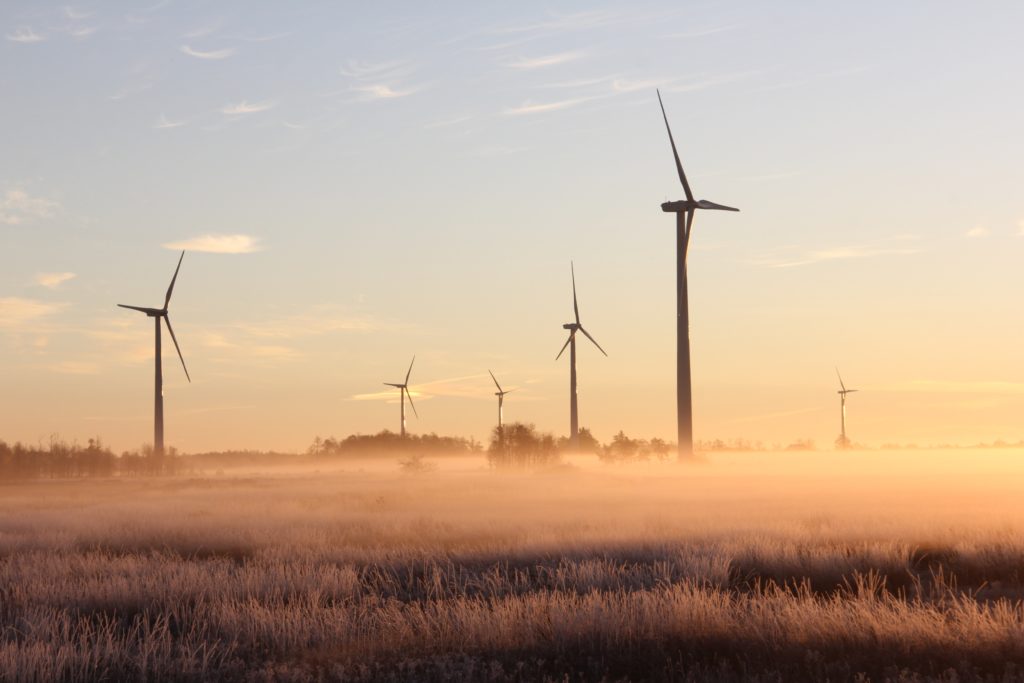Why are gas prices in Europe so high?
The European gas market without Russia is going to create a lot of uncertainties and power price volatility. Power prices can double, at least, vs. the historical market average. One of the reasons is Russia is Europe’s largest natural gas provider, supplying 33% of the region’s demand in 2021, after continual expansion over the previous decade due to the depletion of domestic gas production in Europe. Ukraine remains a crucial route to the passage of Russian natural gas to Europe, accounting for over 7% of Russia’s pipeline deliveries to Europe in 2021.
But since this past winter European power prices have reached all-time highs as Europe became the premium market, attracting large LNG flows to compensate for the significant reduction in Russian pipeline deliveries. During the 2021/22 heating season, Russia’s exports to Europe plummeted by about 25% (or more than 20 billion cubic meters), owing primarily to weaker transit flows through Ukraine and Belarus, which fell by nearly 40% and 70% y-o-y, respectively, according to the IEA report. The Power of Siberia pipeline, on the other hand, increased pipeline supplies to China by an estimated 75% (or over 2.5 bcm) YoY.
If you wish to learn more about market price risks associated with the Russian gas flows to Europe, please read my other article here.
It’s interesting to note, however, that in spite of the war outbreak in Ukraine, the actual deliveries of Russian gas via Ukraine’s pipeline have almost doubled since Feb 24th, 2022.
Gas transit via Ukraine to the rest of Europe remained stable in Q1 2022

The invasion of Ukraine by Russia in 2022 sharpen the issue, resulting in even higher gas and power costs that disproportionately affect all consumers. According to IEA, continued high energy prices may have a negative influence on industrial production in the near future. Industrial gas demand in the EU already fell 6% year on year in Q4 2021 and 9% year on year in Q1 2022, resulting in lower production by segments of energy-intensive industries. Inflation has risen as a result of high gas prices.
In order to lower the market price and increase independence from Russia’s energy source, the EU aims to diversify its gas supply in the following years. Higher LNG imports are required to balance consumption needs and enable the filling of European underground storage sites, which must be at least 80% full by November 1 (and 90% by 2023) as part of a European Commission legislative proposal released in late March 2022.
Thus, LNG gas will be the main instrument to fulfill the demand in 2022. LNG exports are predicted to continue to rise throughout 2022 with the US overtaking China as the world’s top LNG exporter. And the drilling activity is continuing to rebound, with the number of operational natural gas drilling rigs hitting 137 units at the end of March 2022, up 26% from early January and 49% year over year, according to the IEA report.
This uptick in drilling coincides with upstream firms’ announcements of increased expenditure following strong Q4 2021 financial results. The majority of the major publicly traded exploration and production companies have declared double-digit increases in their capital expenditure budgets for 2022. But still, this is unlikely to be enough to help Europe replace Russian gas, especially as the US gas storage at below its average norms indicating major replenishment will be required in the approaching gas summer (Q2-3 2022). And not to mention possible heatwaves in Assia that can drive the global LNG demand even higher.
Therefore, as a result of the conflict in Ukraine and Russia’s role as a major energy and commodity exporter, Europe is expected to confront high energy and commodity prices in the near future. The latest energy market analysis indicates that energy prices will remain high for the rest of 2022 and into 2023.
Historical monthly TTF Day-ahead market gas price in Europe, EUR/MWh

Today, LNG deliveries to Europe remain strong. The lockdowns in Asia are a positive factor for Europe for now. So current price shock and extreme price volatility appear to come less from actual shortages and more from the perception of future substantial disruptions in the Russian gas supply. If the gas storage in Europe is not refilled to the average norms, we can expect big price shocks this coming winter 2022/23 with the gas price to be well above 100 EUR/MWh.
But even if we assume a recession in Europe in 2022, it’s very unlikely to see gas prices falling below 50 EUR/MWh due to the undersupply. Please note that historically gas price in Europe was on average 20-25 EUR/MWh. So doubling the gas price means doubling the power price. This is why it’s expected that the new power price paradigm in Europe is around 120 EUR/MWh in the best case for the next 1-3 years.
If you want to learn more about what could happen if Russian gas stops flowing to Europe, please read my article here. You can also check my weekly energy market updates here if you wish to stay connected to the latest energy market news and trend.

